2021 Renault Espace test drive. Reviews, videos, expert opinion on
Material content
Appearance
The latest restyling of the Renault Espace saw the light of day in 2013. So the look is not so fresh anymore. But with the new Espace, everything is much better, although the updates are rather spotty, but everything is in place.
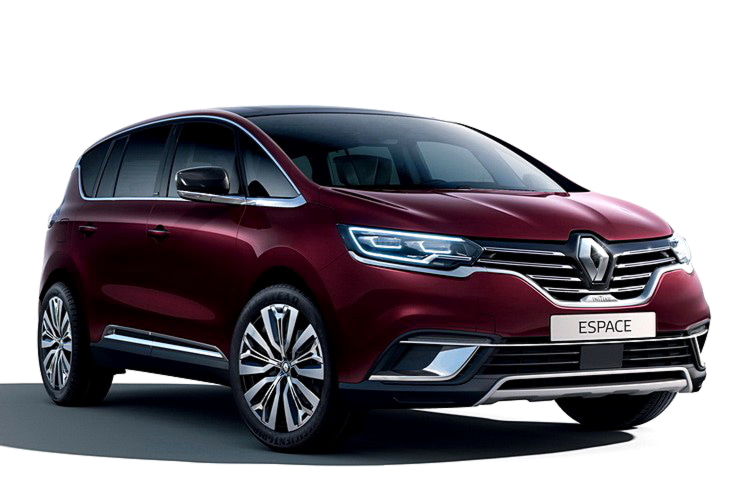
The body has become smoother, the LED dimensions have received a new shape and pattern, the body kit architecture has changed a bit, new, more “colorful” enamels and 20-inch rims have appeared. The highlight was the panoramic roof with an area of as much as 2.8 meters.
This is interesting: How to check the electronic gas pedal and fix it if necessary
That’s actually all. It is worth noting here that as far as the French are not strong in design, it is the Espace that looks really good. A little pretentious, but it does not spoil it at all.
|
Length, mm |
Width, mm | Height, mm | Wheel base, mm |
| 4861 | 1894 | 1728 |
unknown |
Video
Interior
Now it’s time to talk about the salon. The first thing the driver sees is an unusual instrument panel. The control buttons are on the door. The steering wheel is simple but very comfortable. All devices are located in the middle of the torpedo, and on top. For this, a special pocket is made. There are two glove compartments: one is located in the center, the second is opposite the passenger seat.
Renault Espace 4 is a family-class car, so there is enough space in the cabin. The first line consists of two seats. The second is out of three. The last one consists of two chairs. The last rows can be removed if necessary. The seats are comfortable enough. There is lateral support, backrest adjustment. If you remove the rear seats, then the capacity of the luggage compartment will reach almost 2.9 thousand liters.
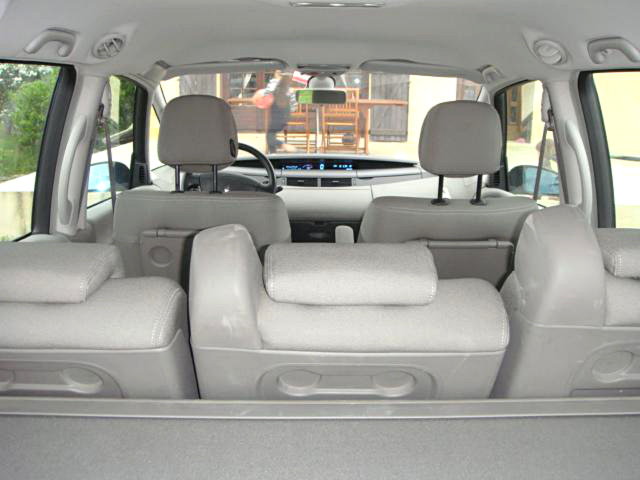
Advantages and disadvantages
Machine advantages
- modern design;
- large rims;
- aerodynamic characteristics;
- spacious, comfortable and innovative interior;
- 3 rows of seats available;
- roomy luggage compartment (without the 3rd row);
- the possibility of transforming the salon;
- projection display;
- stylish interior lighting;
- equipment;
- low fuel consumption of diesel engines;
- safety;
- the presence of a large number of electronic systems and assistants;
- soundproofing.
Cons of the car
- clearance;
- not the cheapest service;
- resale problems;
- lack of all-wheel drive;
- not officially sold in Russia.
Advantages and disadvantages
Machine advantages
- modern design;
- large rims;
- aerodynamic characteristics;
- spacious, comfortable and innovative interior;
- 3 rows of seats available;
- roomy luggage compartment (without the 3rd row);
- the possibility of transforming the salon;
- projection display;
- stylish interior lighting;
- equipment;
- low fuel consumption of diesel engines;
- safety;
- the presence of a large number of electronic systems and assistants;
- soundproofing.
Cons car clearance; not the cheapest service; resale problems; lack of all-wheel drive; not officially sold in Russia.
The most comfortable ride in “Sport”
Dmitry bought this Renault last summer. Car from France, 2015 release (almost 2016). Under the embossed hood of the minivan hides a 1.6-liter engine, which, with its modest volume, develops a power of 160 hp. With. and thrust 380 Nm. Acceleration to hundreds – less than 10 seconds. According to the owner, the car is slightly “brooding” at low revs. The Sport mode saves the situation.
Fuel consumption on the highway varies between 6 and 6.5 liters per hundred, which for a full-fledged 7-seater car can be considered a very pleasant indicator. In the city, a minivan consumes up to 9.5 liters per 100 km. By the way, 160-strong dCi is placed only on the “two-pedal” Espace. Versions with a manual gearbox are equipped with a 130-horsepower diesel engine (also 1.6 liters).
– The car drives quite well. There are several driving modes here: “Sport”, “Comfort”, “Eco”, “Neutral” and “Special”. I feel most comfortable driving in Sport. Modes change not only the reaction to the gas pedal, but also the stiffness of the shock absorbers. On our far from ideal roads, the car “floats” too much in comfortable modes. But in “Sport” it becomes the most collected, Dmitry said.
Initiale Paris is the most expensive trim on the Espace V. It is easily recognizable by the version name written on the back instead of the model name. People who do not follow the latest in the automotive industry think that the model is called Renault Initiale. Although in fact Initiale is a whole premium line of Renault, including various models. Something like Ford’s Vignale series.
Dmitry’s car lacks five positions to say that “there is everything!”. These are headlight washers, heated rear seats, towbar, heated windshield and ventilation of the front seats. But there is an entertainment complex with screens for second-row passengers. However, a Minsk resident would prefer a “warm” windshield to these “teles”. But nothing can be done – whoever buys the car first, dances it. That is, the first owner, apparently, did not need heating.
Despite its spaciousness, this car is not the only one in Dmitry’s family. He also has an American Ford Fusion with a 1.5-liter EcoBoost and the 21st Volga, with which the man participates in retro parades.
All three rows at Initiale Paris are trimmed with quality leather. The mileage has already exceeded 100 thousand kilometers, but the interior still looks fresh. The front seats have a massage function, electric drive and cushion length adjustment. The seats are very comfortable – it is clear that the car was created for long-distance travel by a large company. The components of the sofa of the second row are configured separately. If there is no need to leave room for the legs of third-row passengers, then in the 5-seater version, the salon gives royal comfort to all riders. By adding two adults to the bench, you will have to make room. Yes, and the trunk in the 7-seater version is nominal. But there is an electric fifth door.
Engines and transmission
The range of engines of the fourth Renault Espace is quite impressive.
- Petrol options include in-line 4-cylinder 2.0-liter engines, turbocharged (163-170 hp) and without (136 hp). After restyling in 2006, a top-end 3.5-liter V6 with a capacity of 241-245 hp was added to them.
- Diesel represented by the dCi line: the original 1.9-liter (115-120 hp) and 2.2-liter (140-150 hp) variants were supplemented after modernization with a 2.0-liter dCi (150-175 hp). s.) and a 3.0-liter V-shaped turbodiesel (177-180 d.s.).
Gasoline options are considered more successful. Turbodieselsregardless of their volume, are not reliable.
Base 1.9 liter and the 2.2-liter dCi have similar problems: fuel injectors clog fairly quickly due to poor fuel, a turbine, an EGR valve fail on a run of about 80-100 thousand km, and connecting rod bearings do not tolerate a rare oil change. The control electronics is also not reliable. Over time, owners are faced with numerous oil leaks.
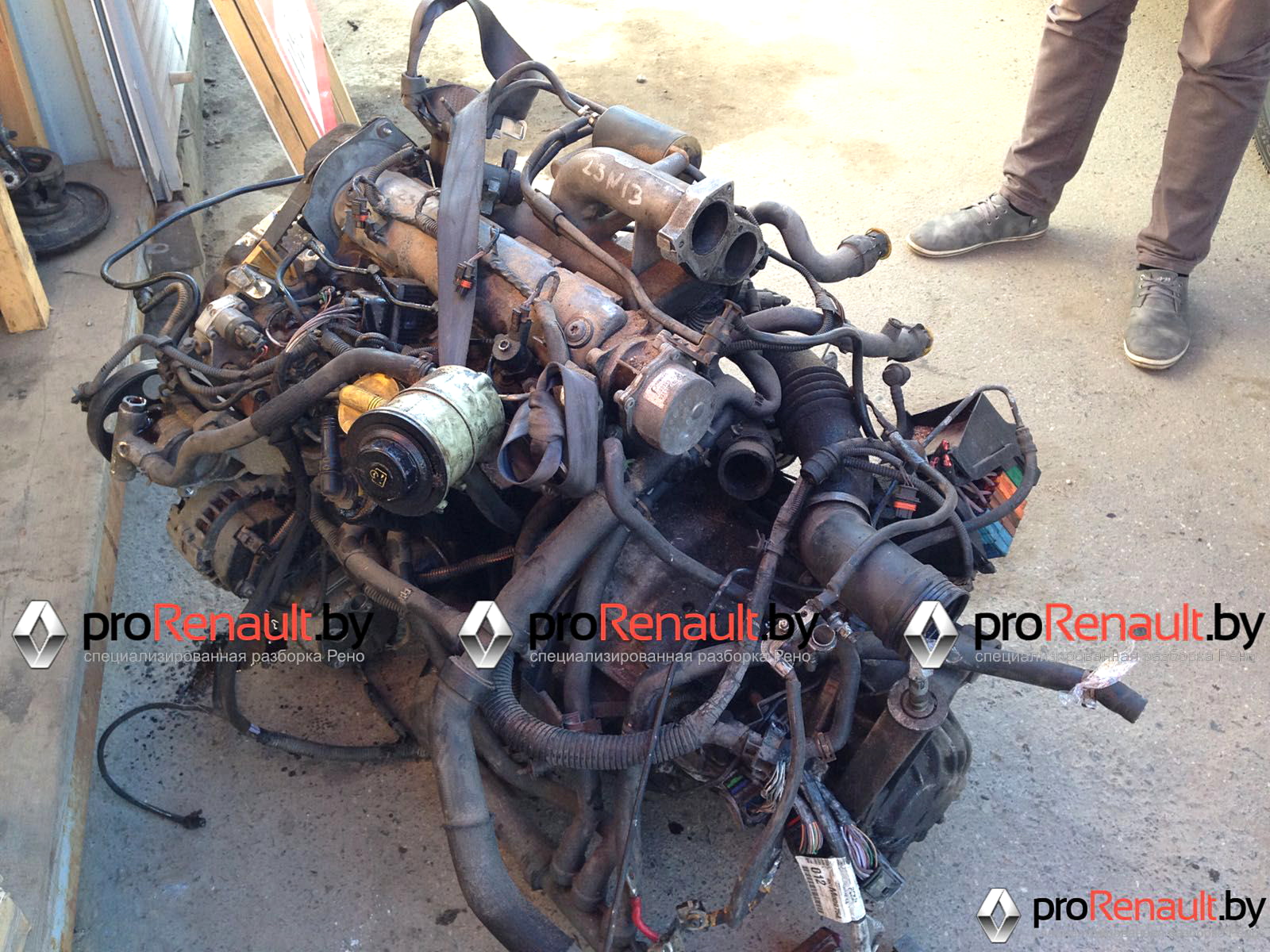
The three-liter diesel unit manufactured by Isuzu is generally the leader of the anti-rating of engines that were mounted on Renault. With mileage, its sleeves shift, and a gap forms between the cylinder head and the block. As a result, gases squeeze antifreeze out of the cooling system. Plus, pistons burn out due to faulty nozzles.
True, after restyling the engine was improved – and most of the problems were eliminated.
Among diesel engines it is better to choose 2.0 liter dCi, which was added to the line with restyling in 2006.
The 175-horsepower version of this turbodiesel has a rather unreliable timing chain, so it is preferable to choose a 150-horsepower modification. A long oil change interval is fraught with turning the liners.
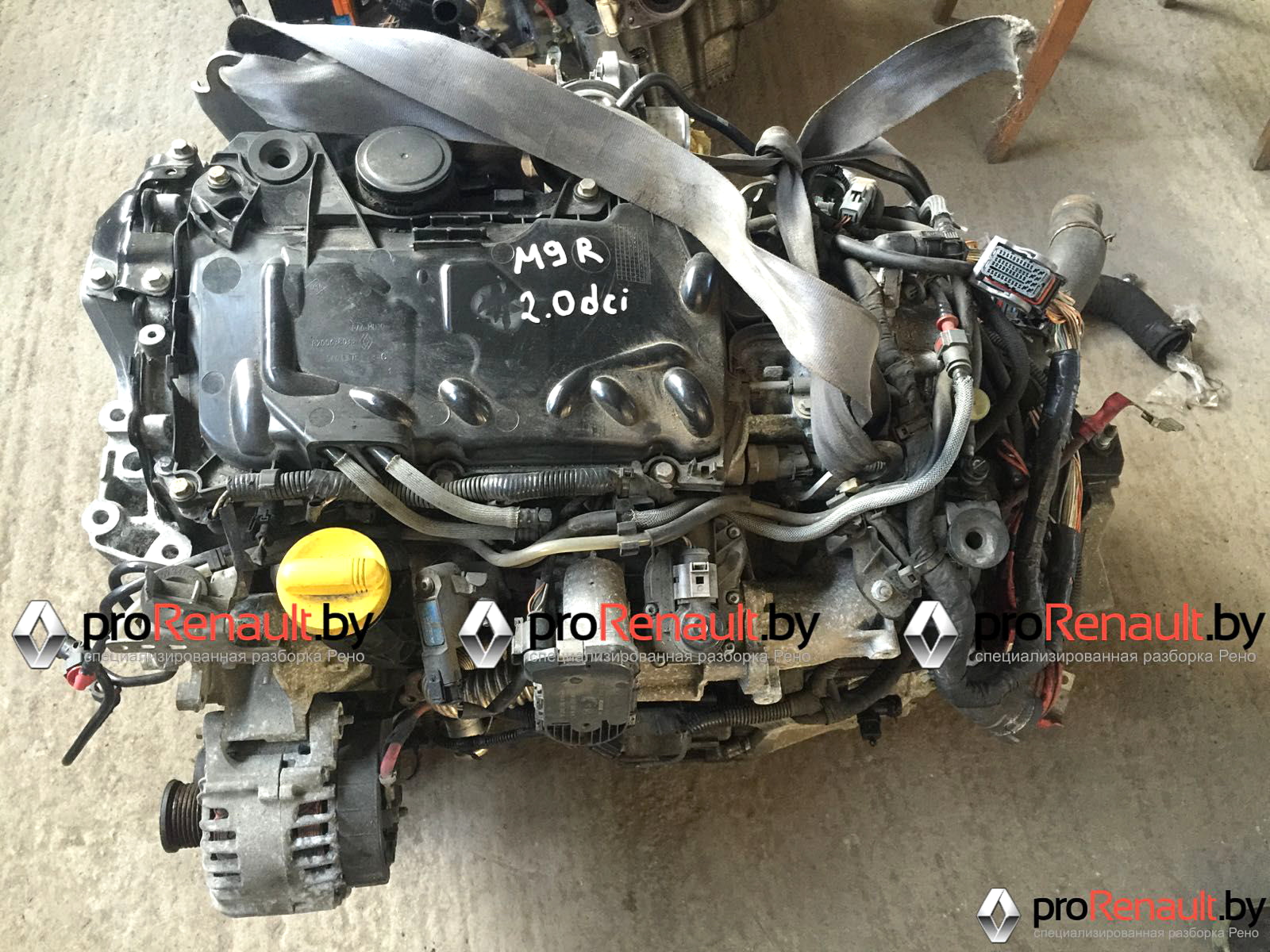
The 2.0-liter gasoline unit is distinguished by its hardy CPG and sufficient dynamics with modest appetites.
The disadvantage of the 3.5-liter V6 is the design of the gasket under the cylinder head. Yes, and you can’t call it popular, although with excellent acceleration it consumes about 14 liters per 100 km of track – with its own volume.
But the base 2.0-liter injector with 136 hp. for the dimensions of a minivan may not be enough.
In addition to the basic 6-speed “mechanics”, Espace is paired with a 5- or 6-speed “automatic”. Drive – exclusively front. Automatic transmission serves an average of 200-250 thousand km before overhaul.
mechanical box It is cheaper to repair and lasts, on average, longer.

Renault Espace IV generation
This version received a huge number of storage compartments in the cabin. The climate control unit was located on the driver’s door; a chip card was used to start the engine, on which the door unlock keys were located. Instead of headlights with a conventional diffuser, lensed optics were installed; optionally, a leather interior could be ordered. The engine line has practically remained unchanged, only a new installation of 2.2 liters and a power of 150 hp has appeared. She worked on solid fuel. The rest of the power units added a little power. In 2006, the model underwent a planned renovation. The changes affected the options more: a panoramic roof was added, the instrument panel lighting changed, and the sound insulation of the cabin capsule was improved. In this form, Renault Espace was sold until 2012, and then the second restyling was implemented. The body has become more modern: a new radiator grille has been installed, the shape of the front bumper has changed, the angle of inclination of the front glass has increased, and new anatomical seats have been installed in configuration. Such a car attracted even more buyers, however, against the backdrop of the introduction of new models from European competing brands, the French concern was forced to launch a completely new Renault Espace on the market. It happened in 2015.
Options and prices
It is immediately worth noting that the car cannot be called a budget option. And this is indicated not only by its price, but also by the possible equipment. Already in the “base” there are almost all electronic control systems, a chip card for access to the cabin and for starting the power unit, all kinds of sensors and eight airbags.
Of course, you can immediately understand that such filling is not cheap. For example, “Renault Space 4” (diesel, 170 horses) will cost the owner almost 40 thousand US dollars. And this, it is worth noting, is only the basic package. If you choose the most powerful 3.5 liter engine with a thrust of 245 hp. With. with a complete set of Privilege, then for such a luxury you need to pay 57-60 thousand US dollars.
Everyone chooses a car according to personal preferences and capabilities, however, it is worth noting that for Russia, the fourth generation Renault Espace is difficult to call a bargain.
Competitive environment
Renault Espace direct competitors include the following models:
- VW Touran.
- Chevrolet Orlando.
- Ford S-Max.
- Mazda MPV.
- Peugeot 3008.
- Opel Zafira.
- Toyota Verso.
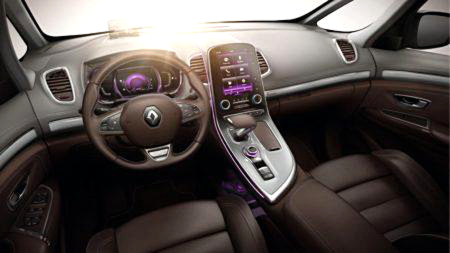
We can say that Renault Espace turned out to be a very practical and comfortable car. It features high options as well as low cost of ownership. All its elements are quite reliable, and the body is strong. In the latest generation, in general, the “feathering” of the car’s power frame is made of carbon fiber, so we can say that the Renault Espace is an eternal car. You can select various modifications of the model on the website .